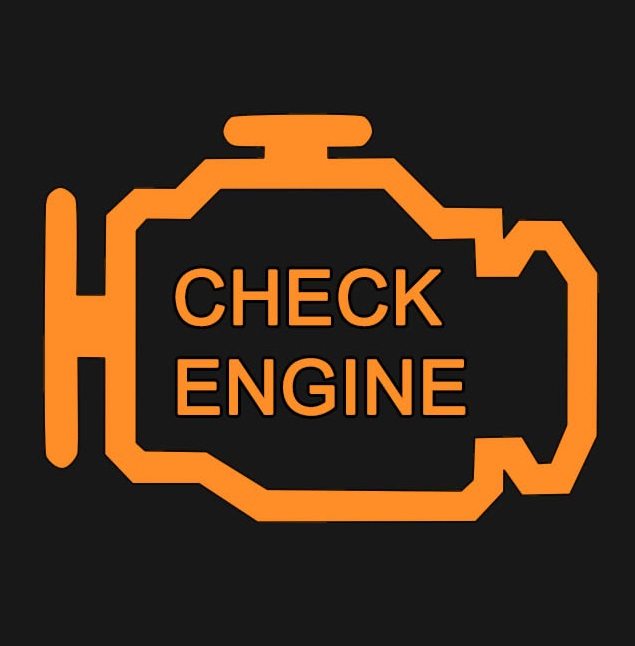A freight ship that caught fire off the Dutch coast and has been burning since, as fire extinguishers try to figure out ways to tackle the incident, has been carrying nearly 500 electric cars, far more than previously reported, the company that chartered the ship said.
Initial reports said that the ship was carrying 25 electric cars.
The Fremantle Highway vessel, which has burning for a fourth day off the Dutch coast, was chartered by Japanese transportation company K Line.
A spokesperson for the company said there were 3,783 vehicles on board, including 498 battery-electric vehicles. The spokesperson declined to comment on the kinds of car brands that were on the ship.
There is no information on whether the cargo ship was carrying cars by Japanese manufacturers.
Electric car battery fires much harder to put out
The Dutch coast guard said Thursday the cause of the fire was unknown, while Dutch media reported that the fire may have been after an electric car battery ignited.
Cars with lithium ion batteries have fewer fires than diesel and gasoline cars, but the situation can be dangerous when the batteries catch fire.
The fires then are hotter because there’s a lot more fuel inside an electric car battery because the battery cells are densely packed. It also takes a lot more water to put the fire out.
But pouring too much water to douse the flames is also not a tenable solution because there are fears of the ship sinking and environmental havoc.
The 199-meter Fremantle is still drifting in the sea, about 17 kilometers from the Dutch island of Terschelling.


They should tow it out of the environment. /s
At least the front didn’t fall off
deleted by creator
But there’s nothing else out there! It’s a complete void!
“The fires then are hotter because there’s a lot more fuel inside an electric car battery because the battery cells are densely packed. It also takes a lot more water to put the fire out.”
That’s terribly wrong. More accurate: “Because of the materials they are made of, electric car batteries burn hotter and are harder to put out.” There’s not “more fuel”, wth?
I think it’s trying to say that the gasoline cars have no fuel in them when transported (thus less fire risk) versus the batteries which can still burn when “empty” (which I doubt they are)
If that’s what they meant (and I’m not convinced it is) then it was also worded badly. Now I wonder how cars are transported - if gas/diesel ones are indeed at empty and if EVs are unplugged to reduce any overheating/shorting. For the latter, it’s how phones and batteries are shipped, not assembled and low/no charge.
You’re being extremely captious from a statement that has a large chance of being made by someone who likely learned English as a secondary language…
I just pointed out it was incorrect. It could be someone who doesn’t know English well, or a ChatGPT generated article, or maybe translated badly. That doesn’t make it fine from a factual perspective.
I will say that 99% of the posts I tend to see from someone who apologizes for their English being a second language are much better than many Americans who post their ramblings. I don’t care much about spelling or grammar, if the point gets across. However in a published article with science facts, I do have a bit higher standard, regardless of the writer or (lack of) editor.
Usually new phones have over half battery. You damage lithium ion batteries when you drain them to 0%, so they wouldn’t ship the cars at no charge either.
Maybe they intended to say that the batteries have higher energy density and, therefor, burn hotter and longer than gasoline?
Trying to dumb down “energy density” to “more fuel”?
The main problem with lithium ion battery fires is that the reaction is self-oxidizing, so you can’t put it out by just smothering it. You actually need to cool them down enough so that they don’t re-ignite. Plus, once they’re damaged, even if you do cool them down enough they’re much more likely to short and re-ignite themselves again anyway.
Consider the “fire triangle” - fire needs three things: fuel, oxygen, and heat. With, for example, gasoline fires you can take away either oxygen OR heat to extinguish them, but with lithium-ion battery fires you have to take away the heat to extinguish them.
Fun fact: most gasoline car fires are started by electrical issues. Mechanical fuel pumps died out with the carburetor, just about every car made has hot wires going to the gas tank. The conflagration is completely fueled by gasoline though. Diesel is pretty hard to ignite, you can toss a burning match into a pool of diesel and the match will go out. But once ignited it’ll burn like a champ.
There is the problem of what happens when you mix lithium batteries and water.
And a worse problem when you mix lithium and salt water
They saw it coming, they ignored the safety warning, ship catches fire, tale as old as time.
That’s pure lithium in those videos. Lithium-ion batteries have a very small percentage of lithium in them. If batteries reacted like that they’d be a nuclear bomb when firefighters dowse them with tons of water to minimize the heat - the water doesn’t put out the fire nor cause more burning, it serves to allow the reaction to complete without burning everything else. This is actually a common technique for many chemical fires, the water is just removing part of the heat in vaporization.
Long term water exposure is bad for them though, but not directly because it starts a fire. Salt water can short the battery out and increase a fire risk though, so that’s true enough.
Both li-ion and lithium polymer batteries still have many kilograms of lithium. A lithium-ion battery pack for a single electric car contains about 8 kilograms (kg) of lithium, according to figures from US Department of Energy science and engineering research centre Argonne National Laboratory. It may be a small percentage of the total battery pack and coolant weight, but it’s still a lot of extremely explosive metal.
It’s (mostly) not metallic lithium though, the clue is in the “ion” part of li-ion. I assume you refuse to put salt on your food for fear that the sodium in it will catch fire?
Lithium hexafluorophosphate, which is used in lithium ion batteries, is not elemental lithium and will not explode or burn when merely exposed to water.
True as it can be.
How do you lose track of 475 cars? Ain’t that what the manifest is for?
They didn’t. They didn’t want to disclose the actual number of electric cars because of competition.
I’m stupid: how could that info be valuable for competition?
Ah, ok. Makes more sense. Still stupid given the situation.
But they were backed up on a server somewhere right?
You wouldn’t download a car.
I would if I could.
I’d get one from The Pirate Bay too.
For sure, those were just the client cars we still have the server facing cars so we can restore a backup.
They turned them into combustion cars.
How do you quantify ‘thought’? And how do they know it is less than 475 thoughts?








